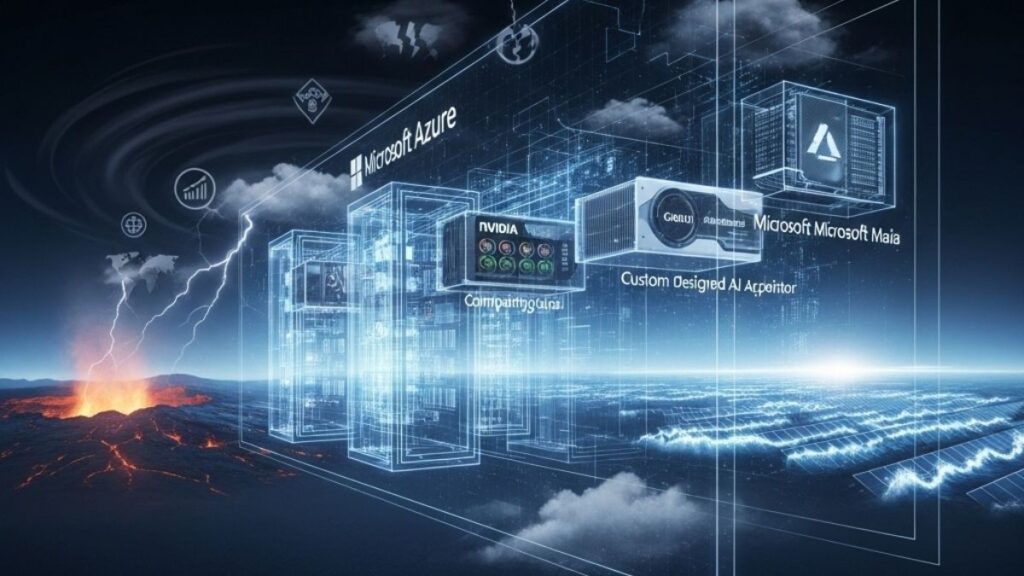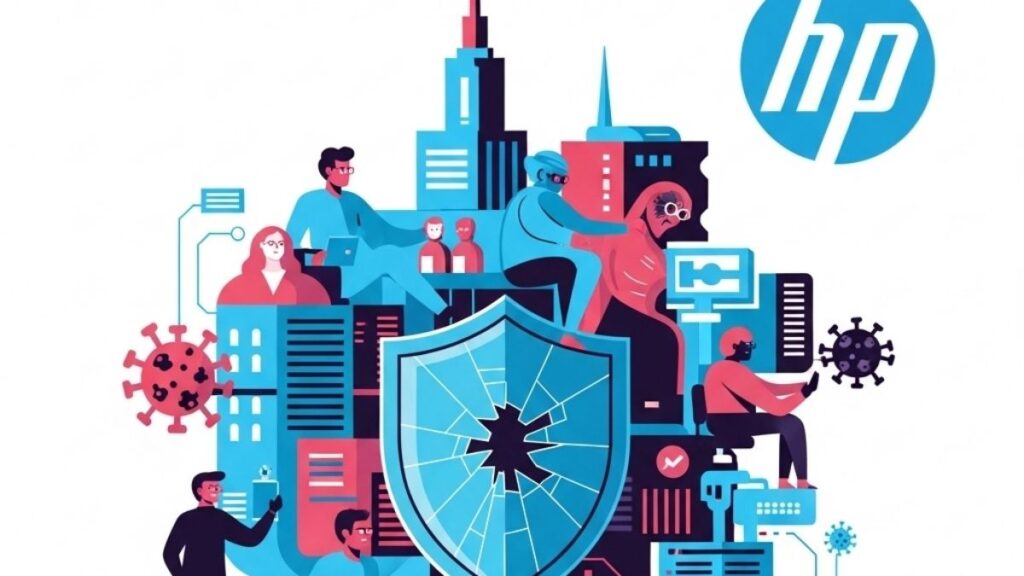In the midst of an unprecedented artificial intelligence (AI) arms race, Microsoft, a chief belligerent, is doing the unthinkable: it’s tapping the brakes. Reports have surfaced that the company is pausing or slowing the construction of new data centers, the very engines of the AI revolution. To the casual observer, this seems like a colossal error, a moment of hesitation while competitors race ahead. But a closer look reveals a calculated and deeply wise strategy. Microsoft isn’t falling behind; it’s demonstrating a masterclass in corporate patience, choosing to build the right infrastructure for tomorrow rather than simply more infrastructure for today.
The AI Hardware Revolution Is in Turmoil
The single biggest reason to delay building a multi-billion-dollar data center is the ground-shifting turmoil in the hardware that powers it. For the last few years, NVIDIA has been the undisputed king, with its GPUs serving as the foundational layer of the AI boom. However, the industry is now in open rebellion against the “NVIDIA tax.” The very companies that are NVIDIA’s biggest customers—Microsoft, Google, Amazon, and Meta—are pouring billions into developing their own custom AI silicon.
Microsoft has its Maia chip, Google has its Tensor Processing Units (TPUs), and Amazon has its Trainium and Inferentia chips. This strategic shift toward vertical integration is about more than just cost savings; it’s about creating processors optimized for specific AI workloads, offering efficiencies that a general-purpose GPU cannot match. Committing to a data center design today means making a massive bet on a hardware architecture that could be rendered inefficient, if not outright obsolete, within 24 months. By pausing, Microsoft gives itself the flexibility to design its next wave of data centers around the winning hardware of the future, whether it’s its own evolving custom chips or a new market standard.
Dodging Geopolitical and Financial Bullets
Building a data center is a monumental undertaking that relies on global supply chains for everything from steel and concrete to networking gear and power components. These supply chains are currently fraught with instability and unpredictable costs. The specter of tariffs on imported materials and technology can dramatically inflate the cost of a project overnight. A 10% or 25% tariff on essential components can add hundreds of millions of dollars to the final bill of a large-scale facility.
This financial uncertainty, coupled with persistent supply chain disruptions, makes long-term planning a high-stakes gamble. Delaying projects allows Microsoft to sidestep the worst of this volatility. It can wait for more predictable trade policies and more stable supply lines to emerge, ensuring that its capital is deployed efficiently rather than being eroded by geopolitical friction. It’s a prudent financial move that prioritizes long-term value over short-term expansion for expansion’s sake.
Waiting for a Truly Green Energy Horizon
Perhaps the most forward-thinking reason for Microsoft’s pause is energy. The power consumption of modern AI data centers is staggering and poses a significant environmental and logistical challenge. Rather than locking into today’s energy infrastructure, Microsoft has the opportunity to align its future build-out with the next generation of sustainable power.
The field of green energy is on the cusp of major breakthroughs. Beyond solar and wind, next-generation geothermal energy promises consistent, 24/7 carbon-free power, and it’s becoming increasingly cost-effective. Innovators are even exploring the feasibility of powering data centers with tidal and wave energy, offering a predictable renewable source for coastal facilities. Building a data center is a 20 to 30-year commitment. By waiting, Microsoft can design facilities that are co-located and integrated with these nascent energy sources from the ground up, creating a truly sustainable and resilient infrastructure that will be the envy of the industry for decades to come.
The Azure Question and the Path Forward
Given these strategic pressures and the lackluster initial reception of its consumer-facing AI PC initiative, some might speculate that Microsoft should spin off its Azure cloud division to sharpen its focus. This would be a profound mistake. Microsoft’s entire AI strategy is predicated on the deep, symbiotic relationship between its software (like Copilot) and its cloud infrastructure. Azure isn’t just a platform for AI; it is the AI strategy. Analyst confidence in Microsoft is soaring precisely because of the synergy between Azure’s growth and its AI potential. A spin-off would sever this critical link, crippling its ability to innovate.
The real path forward is the one Microsoft is on. The company will likely resume its aggressive build-out once the technological and economic landscapes stabilize. This stabilization will probably occur over the next two to four years as a dominant AI hardware architecture becomes clear and next-generation energy solutions become commercially viable.
Wrapping Up
Microsoft’s decision to delay its data center expansion is not a sign of weakness but of immense strategic foresight. In a period of unprecedented technological flux, the company is wisely choosing to wait for the dust to settle. By avoiding massive capital outlays on hardware that will soon be obsolete, sidestepping volatile supply chains and tariffs, and positioning itself to harness the sustainable energy sources of the future, Microsoft is ensuring its next generation of data centers will be more powerful, efficient, and resilient. This is a long game, and Microsoft is playing to win the entire match, not just the opening set.



